The global shipping and marine industry is, like all industries, pursuing new ways to become more environmentally friendly. The use of environmentally acceptable lubricants (EALs) can make a major impact in that push.
By Joshua Dickstein, Ph.D., Technology Development Manager, The Lubrizol Corporation
Industries around the world are making sustained efforts to better protect the environment. That includes the global shipping and marine industry, which today is responsible for an estimated 3% of worldwide greenhouse gases.
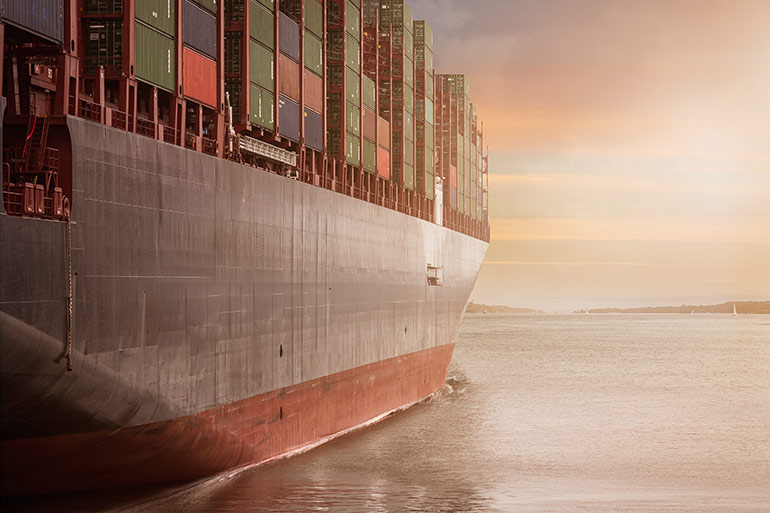
The International Maritime Organization (IMO) recently set an aggressive target to reduce the carbon intensity of international shipping by at least 40% by 2030 and will seek to achieve a reduction of at least 50% by 2050, compared to levels in 2008. As these goals are pursued, it’s anticipated that alternative fuels will steadily rise in adoption. Biofuels will be attractive because they can be used as a drop-in option — meaning they can help reduce carbon dioxide emissions with limited hardware investment needed for operators. Methanol, liquid natural gas and ammonia — new frontiers for marine applications — are expected to make gains, too.
Meanwhile, other measures are set to impact all fluids found throughout major cargo ships. The U.S. Environmental Protection Agency’s (EPA’s) Vessel General Permit (VGP) will soon be replaced with the Vessel Incidental Discharge Act (VIDA), which establishes a framework for the regulation of discharges incidental to the normal operation of a vessel under a new Clean Water Act.
Regarding these measures, it’s notable that significant volumes of fluids found on ships — hydraulic fluids, gear oils, greases, and other lubricants — leak into waterways via seepage, spillages and careless disposal every year. Minimizing the impact of such losses has become increasingly critical, and it can be done through the greater proliferation of EALs. Marine original equipment manufacturers and industrial fluid formulators have the opportunity to develop and utilize such fluids in order to maximize environmental protection — read on to find out how.
What Are EALs?
As defined by the EPA, EALs have demonstrated acceptable levels of biodegradability, minimal aquatic toxicity and non-bioaccumulative potential.
- Biodegradability: The capacity of lubricants to be decomposed by microorganisms over time into:
- A combination of simpler by-products (primary biodegradation)
- Carbon dioxide and water (ultimate biodegradation)
- Minimal Aquatic Toxicity: Low toxicity to aquatic organisms according to tests defined by the Organization for Economic Cooperation and Development (OECD) and EPA test guidelines.
- Non-bioaccumulative potential: Low probability of chemical buildup within the tissues of an organism over time.
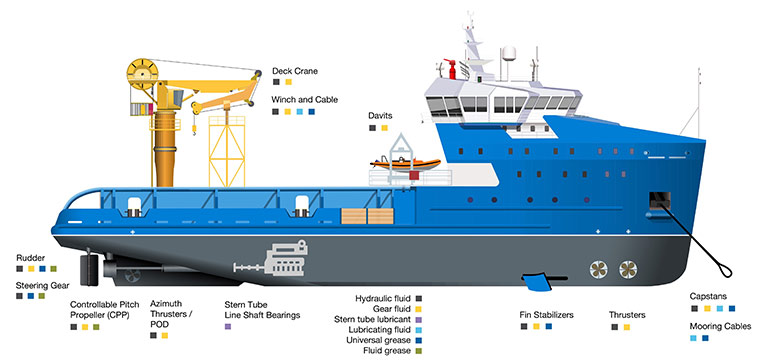
Marine application opportunities for EALs
Major cargo ships are vast and complex, and are home to dozens of applications where EALs can help improve environmental impact. Hydraulic fluids, gear oils, stern tube lubricants, lubricating fluids, and greases can be found throughout a broad range of important equipment, including:
- Ship engines, responsible for powering the ship across vast distances.
- Steering and propulsion equipment, including rudders, controllable pitch propellers, stern tubes, fin stabilizers, thrusters, and more.
- Operational equipment, including deck cranes and winches and cables for maneuvering cargo pods from place to place, along with davits, responsible for lowering and retrieving dinghies and other smaller vessels.
Each of these points represents an opportunity for the fluid to escape into the environment, whether via user error, machine damage, or other events. What’s more, many of them are below the waterline — leakages would necessarily infiltrate the oceans. Given the scale of these ships and the sheer volume of fluids required to keep them operational, loss of such fluids can make a major impact on oceanic and marine life — and minimizing the harm resulting from such losses is increasingly important.
Maintaining elevated performance in EAL formulations
OEMs and fluid formulators, however, do face some challenges when it comes to developing EALs that reliably deliver the kinds of performance required in critical marine applications. For example, a top consideration for any industrial fluid is the protection of equipment. Preventing the premature wear of metal surfaces as they come into contact with each other is a core function of a lubricant — EAL or not.
To ensure EALs maintain such performance, specific formulation considerations must be made. For example, one of the most popular reliable classes of anti-wear additives used in conventional fluids and lubricants are zinc dialkyl dithiophosphates (ZDDPs). But because ZDDPs do not naturally biodegrade as necessitated by EAL classifications, formulators cannot use them when developing EAL products. A different type of environmentally acceptable anti-wear additive chemistry must be selected.
This hurdle holds true for several other critical performance requirements marine fluids must demonstrate. An industrial gear oil used in a ship’s deck crane, for instance, typically incorporates extreme pressure additives. Sulfurized olefins are another reliable solution for these needs, but like ZDDPs, do not display the biodegradability required in accordance with EAL standards. In fact, many conventional chemistries frequently used such as demulsifiers, antifoam agents, corrosion inhibitors, friction modifiers, and viscosity modifiers cannot be used in the composition of an EAL.
EAL standards further restrict the use of traditional mineral oils due to biodegradability and toxicity concerns. Therefore, synthetic base oil formulations from Groups IV (polyalphaolefins) and V (for example, esters) are required for EALs in place of Groups I, II and III base oils.
Opportunity for marine lubricant marketers
Despite the formulation challenges described above, high-performance additives compliant with EAL guidelines are available, and they can be taken advantage of to deliver more environmentally friendly finished fluids to the marine market. And as environmental protection initiatives continue, it is worth the investment to capture growing EAL markets.
Research from the consulting and market research firm Kline & Company anticipates that marine EALs will see significant growth potential in the coming years, along with applications in agriculture, construction, mining, and offshore power generation. These applications have high potential for lubricating fluids to impact the surrounding environment via leakage or mishandling. Demand is expected to be greatest in North America and Europe in the coming years as legislative measures continue to grow more stringent. Hydraulic fluids — including those found in rudders, steering gear, fin stabilizers, thrusters, and more — are expected to be the dominant application for EAL demand, with other applications making up the rest.
To capitalize on these needs, working collaboratively with the right partner can be beneficial to develop environmentally certified and performance-validated fluids. A true partner should be able to offer reliable chemical expertise and EAL-compatible solutions, enabling lubricant marketers to expand EAL marine offerings quickly. To those ends, Lubrizol is committed to helping industrial fluids manufacturers find success with new EAL solutions.
Demand for EALs only stands to grow in a marine industry that is increasingly concerned with reducing its environmental impact while continuing to reliably serve global markets. For fluid marketers, it is worth investigating EAL solutions that are able to meet environmental standards while maintaining robust performance that the global supply chain depends upon.
Lubrizol
Lubrizol.com
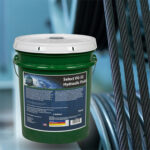
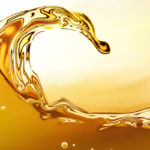
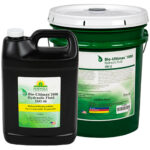
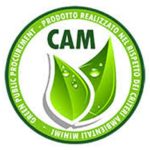
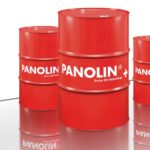

Leave a Reply